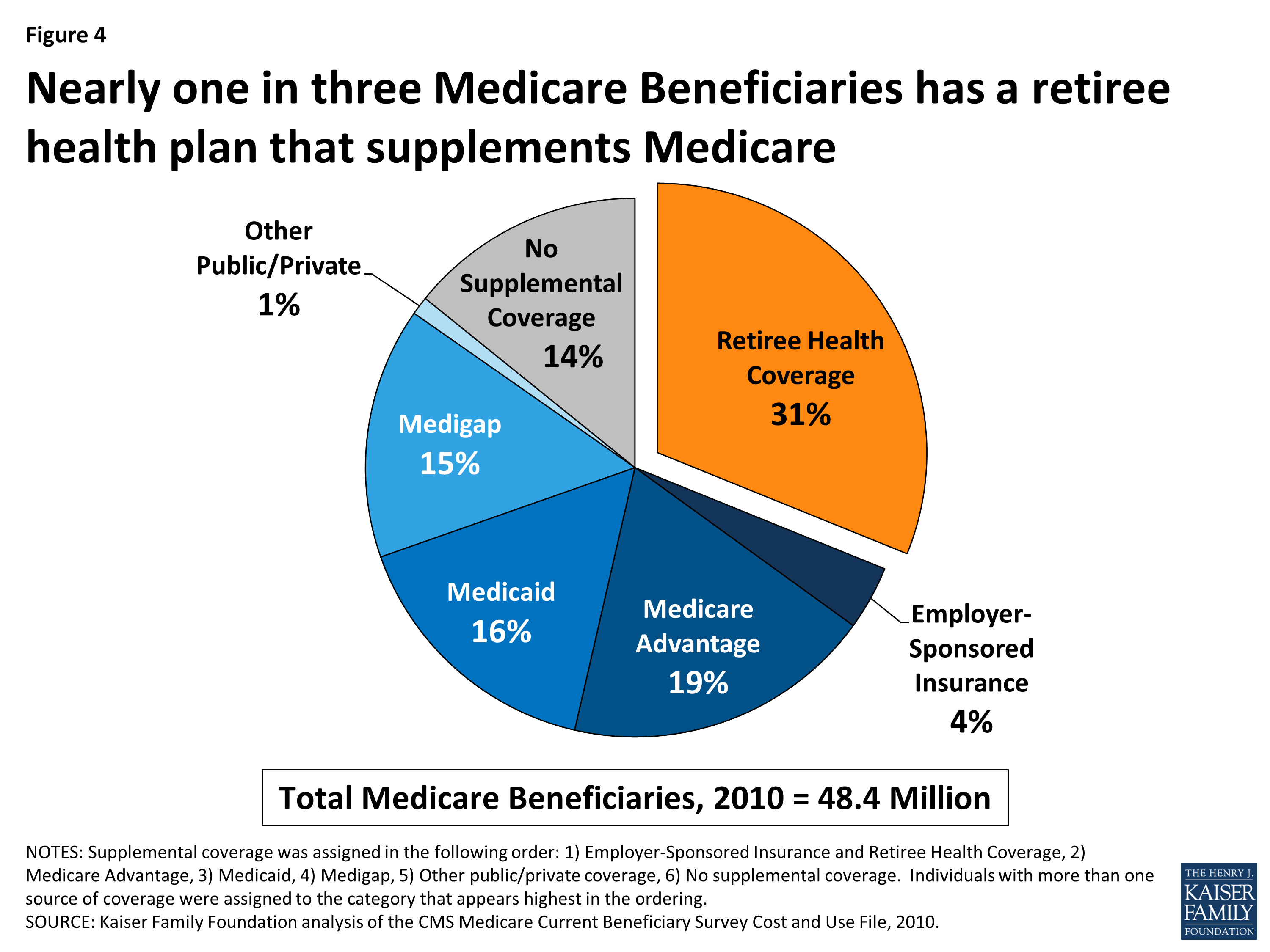How Medicare Advantage Agent can Save You Time, Stress, and Money.
Table of ContentsTop Guidelines Of Medicare Advantage Agent4 Easy Facts About Medicare Advantage Agent DescribedNot known Factual Statements About Medicare Advantage Agent


follows from adheres to the perplexing young reasonably profile of account uninsured with without insurance better healthMuch better wellness average, of younger persons. For those without access to work environment health insurance, poor health is a potential barrier to purchasing nongroup insurance coverage due to the fact that such insurance coverage might be extremely priced, exclude pre-existing problems, or be just unavailable. Unless otherwise kept in mind, nationwide quotes of people without health insurance policy and proportions of the population with different kinds of insurance coverage are based on the CPS, the most commonly made use of source of quotes of insurance policy protection and uninsurance rates.

The 2-Minute Rule for Medicare Advantage Agent
The relationship in between health insurance policy and access to care is well developed, as documented later on in this phase. The connection in between health insurance policy and health and wellness outcomes is neither direct neither simple, a considerable scientific and wellness services research study literature links wellness insurance coverage
to improved better to care, better much betterTop quality and improved personal and population populace statusCondition The 2nd record, on personal health end results for uninsured adults, is represented by the innermost circle of the number, while the third report, on family well-being, includes the topics of the 2nd record but highlights a various device of analysis, specifically, the family.
It focuses particularly on those without any type of wellness insurance policy for any length of time. The issues encountered by the underinsured remain in some areas comparable to those encountered by the uninsured, although they are normally much less serious. Uninsurance and underinsurance, nevertheless, include noticeably various plan problems, and the methods for resolving them might differ. Throughout this research study and the five reports to follow, the main emphasis gets on individuals without any medical insurance and therefore no support in paying for health care past what is available via charity and safeguard establishments. Wellness insurance is a powerful variable influencing receipt of care because both people and medical professionals react to the out-of-pocket cost of services. Medical insurance, nevertheless, is neither necessary neither adequate to access to clinical services. However, the independent and straight effect of wellness
insurance coverage on accessibility to health services is well established. Others will certainly obtain the wellness care they require even without medical insurance, by paying for it expense or seeking it from carriers who supply care cost-free or at extremely subsidized prices. For still others, health and wellness insurance policy alone does not make sure invoice of treatment due to other nonfinancial obstacles, such as a lack of healthcare carriers in their community, limited access to transportation, illiteracy, or etymological and cultural distinctions. Formal study concerning uninsured populations in the USA dates to the late 1920s and early 1930s when the Board on the Expense of Medical Care generated a series of reports regarding financing physician workplace visits and hospital stays. This concern became salient as the varieties of medically indigent climbed up throughout the Great Depression. Empirical studies continually support the link between access to care and improved wellness outcomes(Bindman et al., 1995; Starfield, 1995 ). Having a normal resource of treatment can be considered a forecaster of accessibility, here instead of a direct measure of it, when wellness results are themselves made use of as gain access to signs. This expansion of the concept of accessibility dimension was made by the IOM Board on Keeping Track Of Gain Access To to Personal Healthcare Provider(Millman, 1993, p. Whether moms and dads are guaranteed shows up to impact whether their kids get care in addition to just how much careeven if the kids themselves have coverage(Hanson, 1998). The health of parents can influence their capability to take care of their kids and the level of family stress. Stressing concerning their kids's accessibility to care is itself a source of stress for parents. 3 phases comply with in this report. Chapter 2 provides an overview of just how employment-based wellness insurance policy, public programs and private insurance coverage operate and communicate to provide comprehensive but insufficient protection of the U.S. populace. This consists of a review of historic patterns and public laws influencing both public and exclusive insurance, a conversation of the communications among the various sorts of insurance, and an examination of why individuals move from one program to an additional or end up
